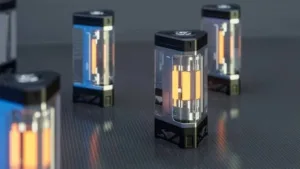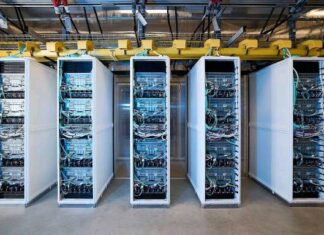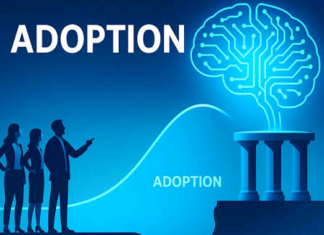When you purchase through links on our site, we may earn an affiliate commission. This doesn’t affect our editorial independence.
Let’s discuss about the future of energy storage. The field is set to get exciting with the advent of quantum batteries, a nanoscale battery that is so powerful it can charge everything from your smartphone to next-generation supercomputers. It seems like mere science fiction right? It may soon be reality, thanks to breakthroughs in quantum physics, and it might even be closer than we think.
Quantum Battery: A Cutting-Edge Concept that Could Revolutionise Energy Storage and Use
We’re long overdue for a battery breakthrough—current tech just isn’t cutting it. We’ve all had the unpleasant experience of phones dying at the worst moment, EVs needing constant charges, and green energy begging for better storage. Lithium-ion batteries are hitting their limits, and with energy demands skyrocketing, we need something better. Quantum batteries could become the solution we have all been hoping for. Instead of relying on chemical reactions, they harness the well-known quantum effects—like superposition and entanglement—to store energy in entirely new ways. This could be the game-changer.
Quantum batteries store energy significantly better than chemical batteries. This allows for faster charging, larger capacity, and remarkable efficiency. But the hurdle is that quantum systems are fragile. Energy loss and decoherence (where quantum states collapse) have been major roadblocks in the topology of quantum systems.
The Topology Problem: Making Real-World Quantum Batteries
Researchers from the RIKEN Center for Quantum Computing and Huazhong University of Science and Technology have recently found a major breakthrough. Their study, published in Physical Review Letters, describes a topological quantum battery. They claim that the battery is both efficient and resistant to energy loss and decoherence.
So What Topology Could Quantum Batteries Use?
In physics, “topological properties” refer to features that stay unchanged even when a material is bent, twisted, or stretched. The researchers combined these stable topological traits with quantum effects, using photonic waveguides (light-guiding structures) and two-level atoms (a basic quantum system).
The result is a battery that can:
- Achieve near-perfect energy transfer over long distances.
- Resist dissipation (energy leaks that usually ruin performance).
- Even use dissipation to boost charging power temporarily (yeah, they turned a weakness into a strength)
As Zhi-Guang Lu, the study’s lead author, put it: “Our work gives new insights from a topological perspective and could help build high-performance micro-energy storage devices.”
Quantum Batteries: From Theory to Reality
This isn’t just talk. There are labs around the world working to make quantum batteries a reality.
Consider the following prototypes with topological designs that are viable in the real world.
1. CSI RO’s Light-Trapping Prototype
Earlier this year, Australia’s national science agency, CSIRO, built a quantum battery prototype using a microcavity—a tiny space where organic molecules sit between mirrors. When hit with laser light, the molecules absorb and store energy efficiently.

2. Italy’s Spin-Based Battery
Last year, researchers at the University of Genoa designed a quantum battery that stores energy in electron spins (a quantum property akin to tiny magnets). This approach could lead to ultra-stable, long-lasting energy storage.
Check Out Our Previous Posts:
Quantum Computing plus AI: How Quantum AI (QAI) Will Affect Businesses Soon
Energy Innovations: The Role of Tech in Solving the Energy Crisis
What Could Quantum Batteries Do?
If this tech takes off, the applications are massive:
1. Nanoscale Energy Storage
We could have microscopic batteries powering medical implants, smart sensors, or even computers—without the bulk of conventional batteries.
2. Optical Quantum Communication
Quantum batteries could help maintain coherence in quantum networks unlocking ultra-secure, unhackable data transfer.
3. Next-Gen Electronics
Faster-charging, longer-lasting gadgets, electric vehicles, and enhanced grid storage could be unlocked by quantum batteries.
What’s Next?
The RIKEN team isn’t stopping here—they’re pushing to turn theory into real-world tech. As Guang Lu notes, overcoming energy loss and decoherence is key to making quantum batteries practical.
So, are we on the brink of an energy revolution? Maybe. One thing’s clear: the future of batteries will soon have a “quantum leap” and quantum mechanics might be the secret portal we’ve been waiting for.







